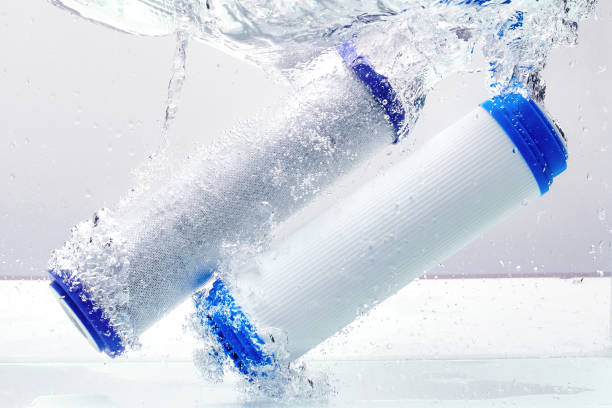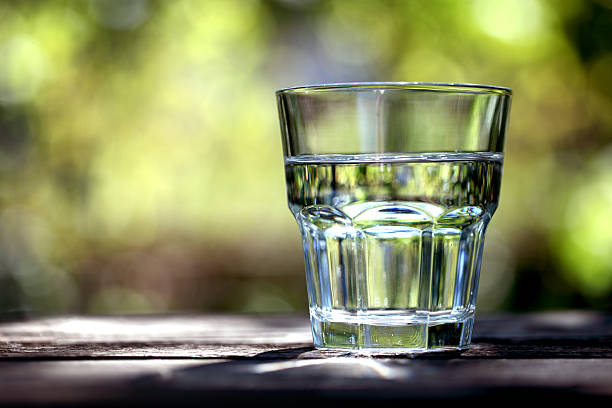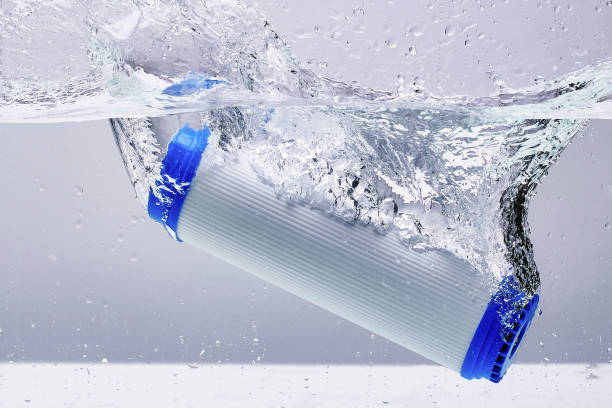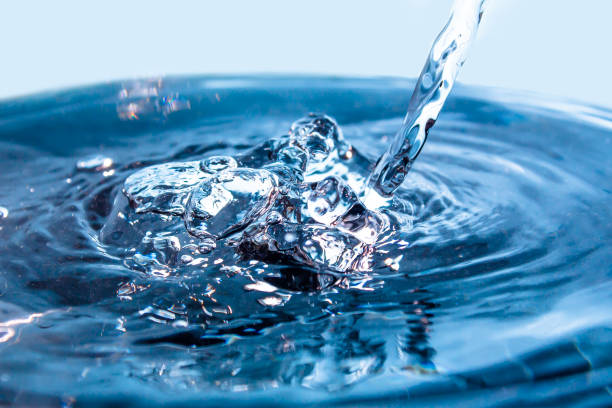 How to make the water purifier filter element more durable? These tips could help you!
How to make the water purifier filter element more durable? These tips could help you!
Jul .04.2024
The core function of a household water purifier is to adsorb and filter impurities in the water to further improve the quality of drinking water. The core component of the water purifier is the filter element, which is equivalent to the heart of the human body and plays a vital role in the operation of the water purifier. However, the filter element is not permanently used and is affected by external factors such as poor water quality and high frequency of use. Impact, the service life will be greatly shortened, so how to make the water purifier filter element more durable? Today Susan has compiled some maintenance tips for you to teach you how to better maintain the water purifier filter element and extend its service life!
 A water purifier can save tens of thousands of medical expenses. Are you still hesitating?
A water purifier can save tens of thousands of medical expenses. Are you still hesitating?
Jul .04.2024
I recently heard a case like this: a man had kidney stones, but for various reasons he did not have medical insurance. At the end of last year, he calculated that the surgery and medicine costs were nearly 30,000 yuan. This was a big burden for him with a low income. While prescribing medicine for him, the doctor at a tertiary hospital solemnly reminded him: "You should pay attention to what kind of water you drink every day. If you have the conditions, buy a water purifier!" It can be seen that his illness is closely related to unclean drinking water.
 The after-sales service of the water purifier urges to replace the filter cartridge every year. Is it "dedication" or "deception"? The answer is here
The after-sales service of the water purifier urges to replace the filter cartridge every year. Is it "dedication" or "deception"? The answer is here
Jul .02.2024
Some time ago, I talked to a friend about water purifiers. My friend always complained that he had to replace the filter cartridge of the water purifier again this year, and more than a thousand yuan was gone again.
There is a problem that everyone must pay attention to, that is, the replacement of the filter cartridge of the water purifier. It can be said that after installing a water purifier at home, there will be problems in this regard every year.
I don’t know if you have encountered this situation: the after-sales service of the water purifier urges to replace the filter cartridge every year. So is it "dedication" or "deception"?
In this article, Susan will share with you the relevant issues of replacing the filter cartridge of the water purifier, and try to avoid pitfalls.
 If the filter element is not replaced in time, the water purifier turns into a "sewage collector"? Don't take it lightly anymore!
If the filter element is not replaced in time, the water purifier turns into a "sewage collector"? Don't take it lightly anymore!
Jul .02.2024
Does your home have a water purifier? For many people, this has become a necessary household appliance. But do you know? It is not a decoration, but the last barrier to your healthy drinking water. Don't underestimate it, it can filter out rust, bacteria, viruses, etc. in the water, ensuring the safety of your drinking water and your health.
However, this thing is not done once you use it. Many people turn their water purifier into a "sewage purifier" because they don't pay attention to the time to replace the filter element, or simply forget it.


 How to make the water purifier filter element more durable? These tips could help you!
How to make the water purifier filter element more durable? These tips could help you!
 A water purifier can save tens of thousands of medical expenses. Are you still hesitating?
A water purifier can save tens of thousands of medical expenses. Are you still hesitating?
 The after-sales service of the water purifier urges to replace the filter cartridge every year. Is it "dedication" or "deception"? The answer is here
The after-sales service of the water purifier urges to replace the filter cartridge every year. Is it "dedication" or "deception"? The answer is here
 If the filter element is not replaced in time, the water purifier turns into a "sewage collector"? Don't take it lightly anymore!
If the filter element is not replaced in time, the water purifier turns into a "sewage collector"? Don't take it lightly anymore!